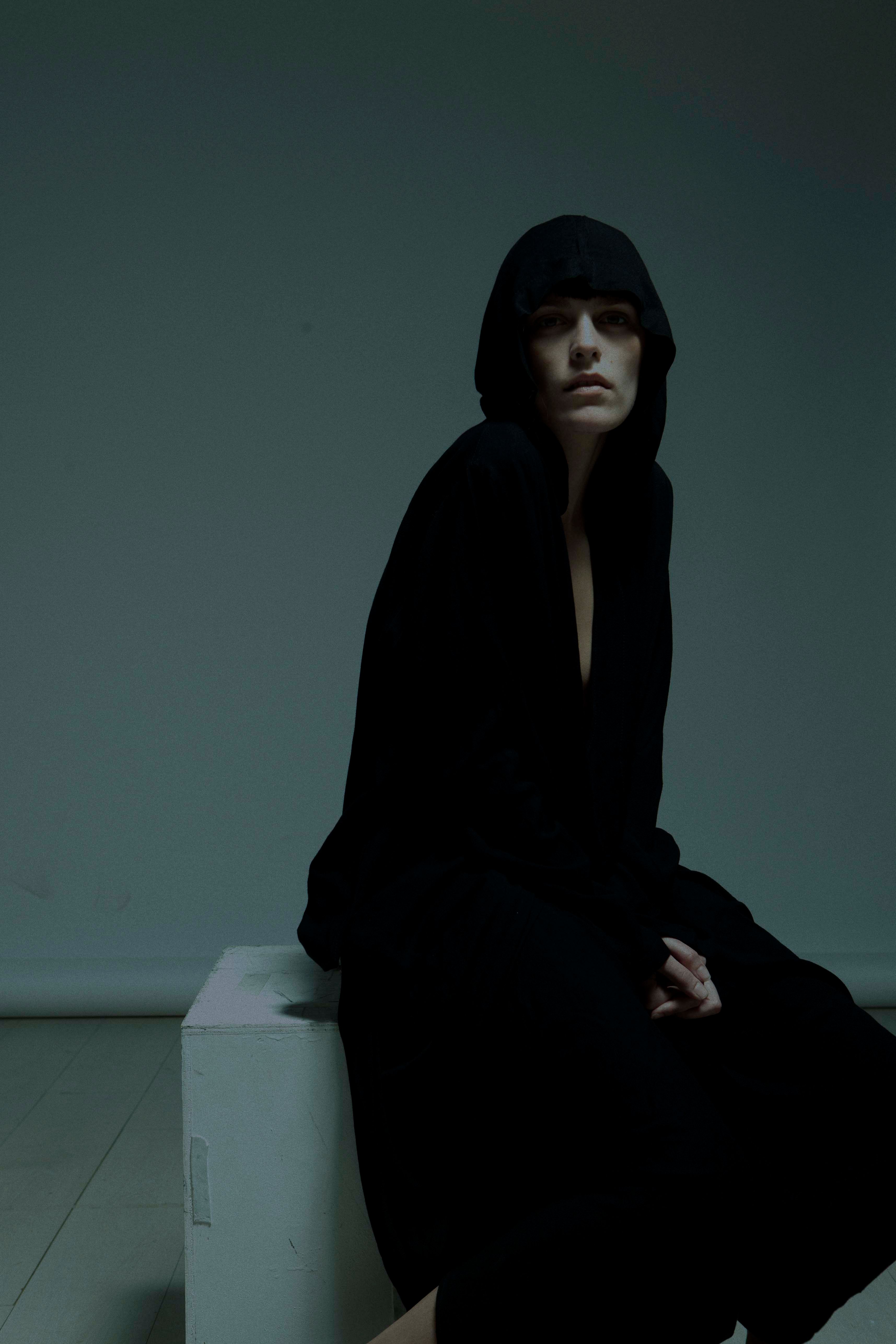
Maria Abramenko is an independent female curator, critic and arts editor who is committed to transforming the experience of contemporary art via immersive installations and sound art – commissioning leading musicians, composers and video artists from across the globe. Abramenko graduated in conservation at the Academy of Fine Arts of Florence, where she specialised in the restoration of stone, ceramic and wall paintings, before undertaking an MA in curating contemporary art at The Royal College of Art, London. A veritable child of the globe, she has spent the last ten years living in London, Florence, Venice, Milan and Palermo (where she worked both as a curator and in conservation). For many years now, she has collaborated with artists in organsing global cultural events, most recently curating celebrated artist Ben Frost’s solo show at the main stage of the Megaron concert hall in Athens, as part of the Rolex Art Festival Official programme, and presenting her post-apocalyptic Renaissance for Palermo Art Weekend. If this was not enough to keep her busy, she has for the last four years worked as arts editor-in-chief at Nasty Magazine, for whom she regularly interviews acclaimed artists, such as Robert Longo, Zanele Muholi, and Ingar Dragset, among many others.Here, the rising art star, who also collaborates with both the Cardi and Cadogan Contemporary galleries in London, gives Culture Collective a unique insight into four artists who are bringing the previously niche discipline of sound art to the masses, and tells us why immersive art can be a profound healing experience.
Before we talk about specific artists, why do you focus so much upon creatives working in sound, and what do you think is important about sound art as an artistic medium?
The power of sound art in the post-pandemic world cannot be underestimated. As we still emerge from the darkness and collective trauma of a global health crisis, sound art has the potential to heal, inspire, and connect us like never before. Sound has always played a significant role in human experience – from ancient rituals to modern concerts, it has been used to evoke emotions, tell stories, and create a sense of community. In the wake of the pandemic, in which physical distancing and isolating behaviours became the norm, sound art offers a unique opportunity to bridge the gap it created between individuals and foster a collective spirit. One aspect of sound art that I believe holds truly great promise is its ability to provide solace and healing – soothing melodies and harmonies have always contained the ability to comfort those who have experienced loss or trauma. Whether it is through ambient music or guided meditations, sound artists can create immersive experiences that help individuals process their emotions and find inner peace. In general, art can be a powerful tool for reflection on our shared experiences as human beings – artists have always employed their creative skills to shed light on mental health struggles, or environmental concerns. The four artists I would like to talk about here all fit within that remit, and I believe they are at the vanguard of a new wave in contemporary art.
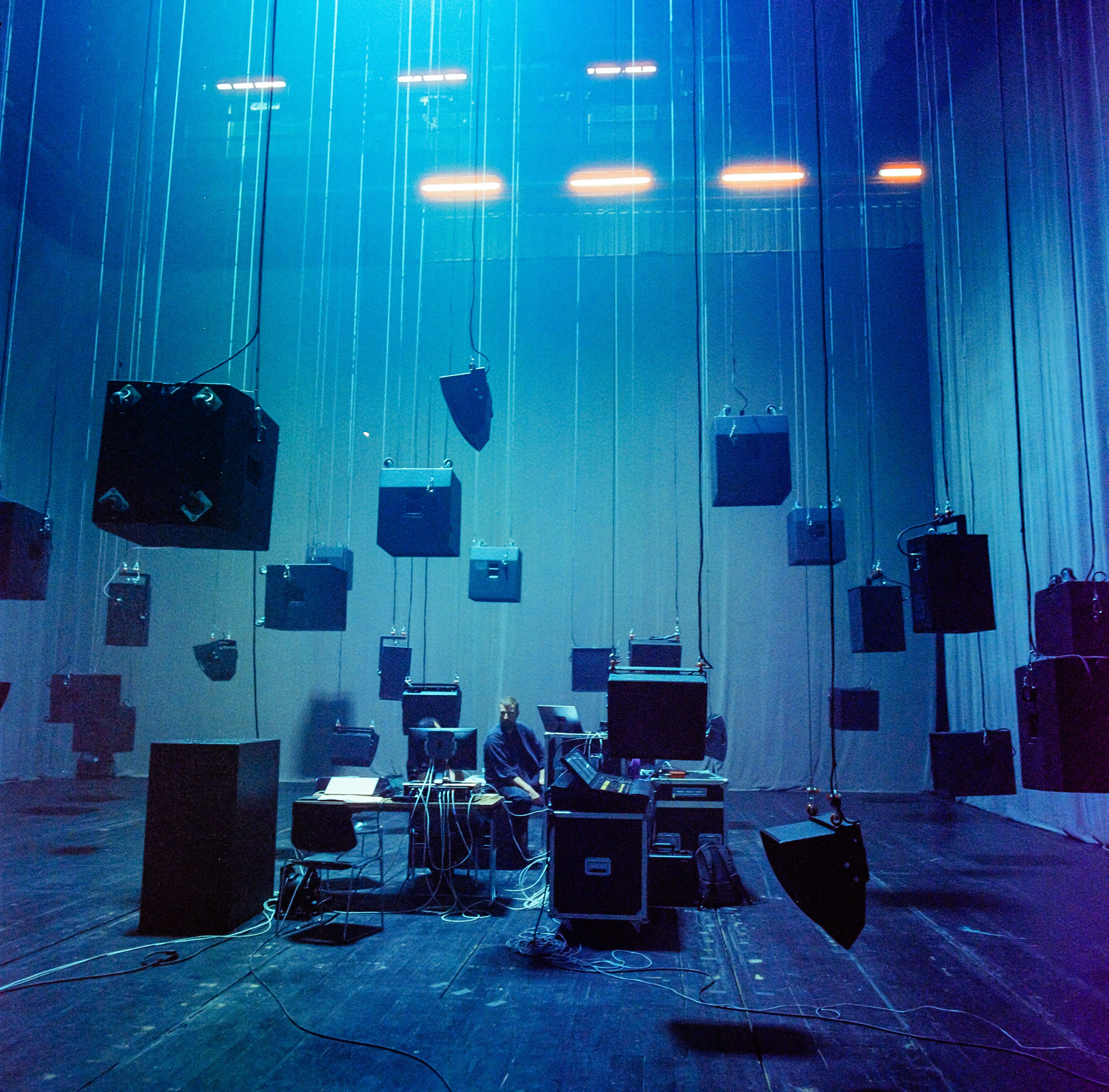
Ben Frost
I fundamentally believe sound art installations to be an important cultural development, and there are so many great places to experience sound art now, such as 180 The Strand in London, which regularly collaborates with The Vinyl Factory. I think Ben is really at the forefront of the sound art movement. He comes from a music background, and has been composing since childhood, garnering acclaim and working with legends such as Brian Eno. I think he just has this incredible way of being one hundred percent on top of his talent, and also being super organised as an artist and knowing exactly what he wants to do. I've worked with more than 300 artists in my life, and I have never known one with such utter precision. The work Ben creates is often incredibly loud, and I think volume is one of the most important aspects of his practice. I was thrilled to be present at Ben’s Mason Labyrinth show in Parma where he played in the middle of the maze-like space, and as you moved through it, you were surrounded 360-degrees by speakers. The volume was so loud that you could physically feel the energetic vibrations, and this is what his practice is all about. Through the ways in which the speakers are positioned you feel this tremendous force, and you are literally shaking – not because of the loudness of the sound itself, but because the vibration moves through you. It’s like diving into another dimension. It has a transcendental power, which was so apparent in the work presented in Athens.
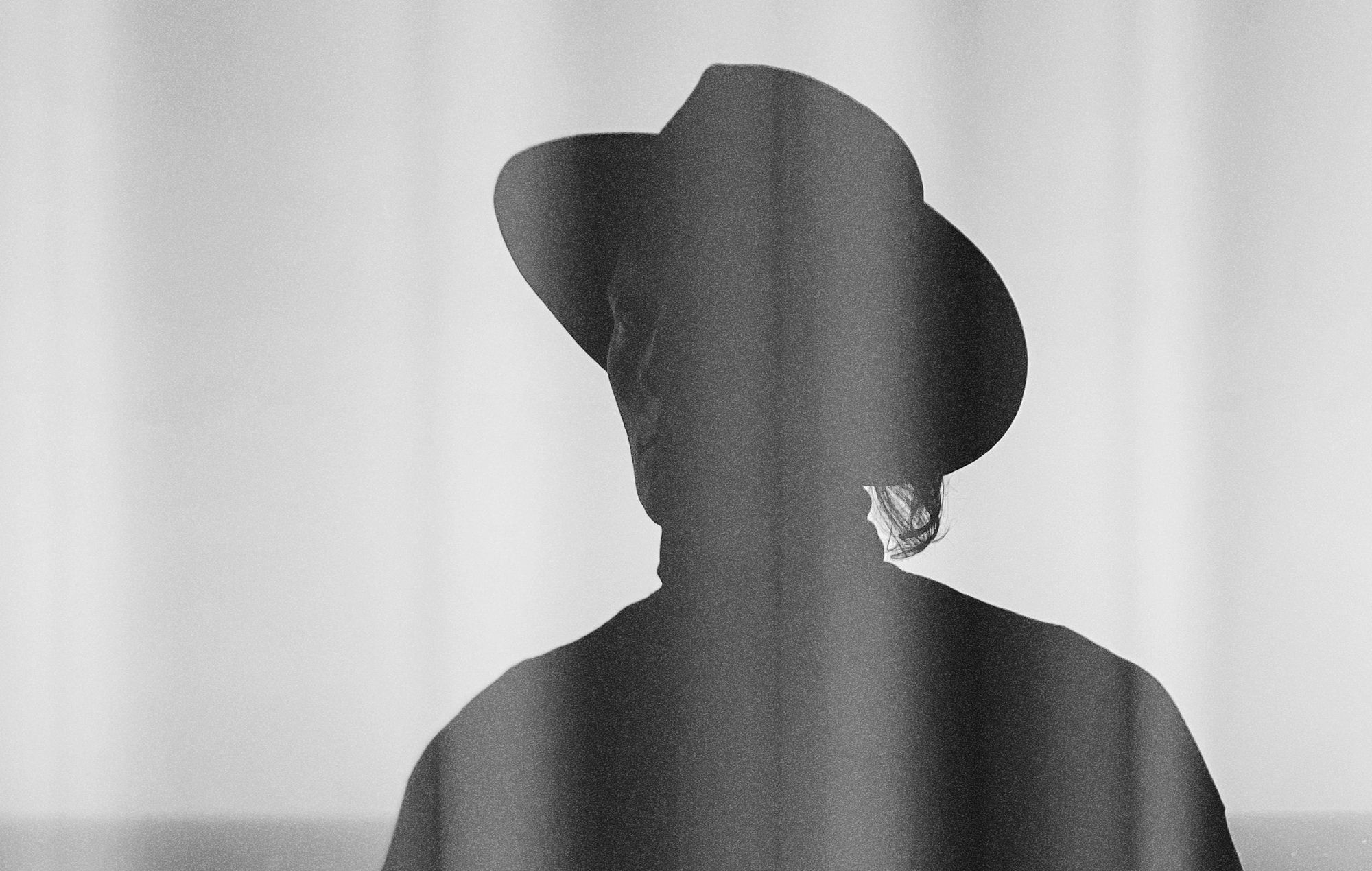
Lawrence English
The second person I would love to profile is Laurence English. He's actually very famous, in this environment as a curator of sound, an artist and a producer. He's based in Australia where he has his own record label (Room40), which produces many of the sound artists who are increasingly recognised across the world. It’s actually probably important to mention that all of these guys know each other, and have a kind of micro community – it’s just a really powerful subculture. They all constantly collaborate and create beautiful artworks together. Lawrence has also helmed a lot of important collaborations with truly legendary figures, such as David Lynch and Genesis P-Orridge. I worked with him in Palermo, and he created this sound walk that kind of immersed you in a journey that took you from the ghost of a sound to a full blown audio and visual experience. What is so interesting is that although all of these sounds artists collaborate, once you train your ear to them you can actually recognise the work as you might recognise a Francis Bacon from a Hockney. Lawrence is just such a pure artist. I think, for him, it is all about the constant act of creating – it kind of comes naturally to him. He creates in the same way some people might have their morning coffee. It’s a deeply ingrained habit.
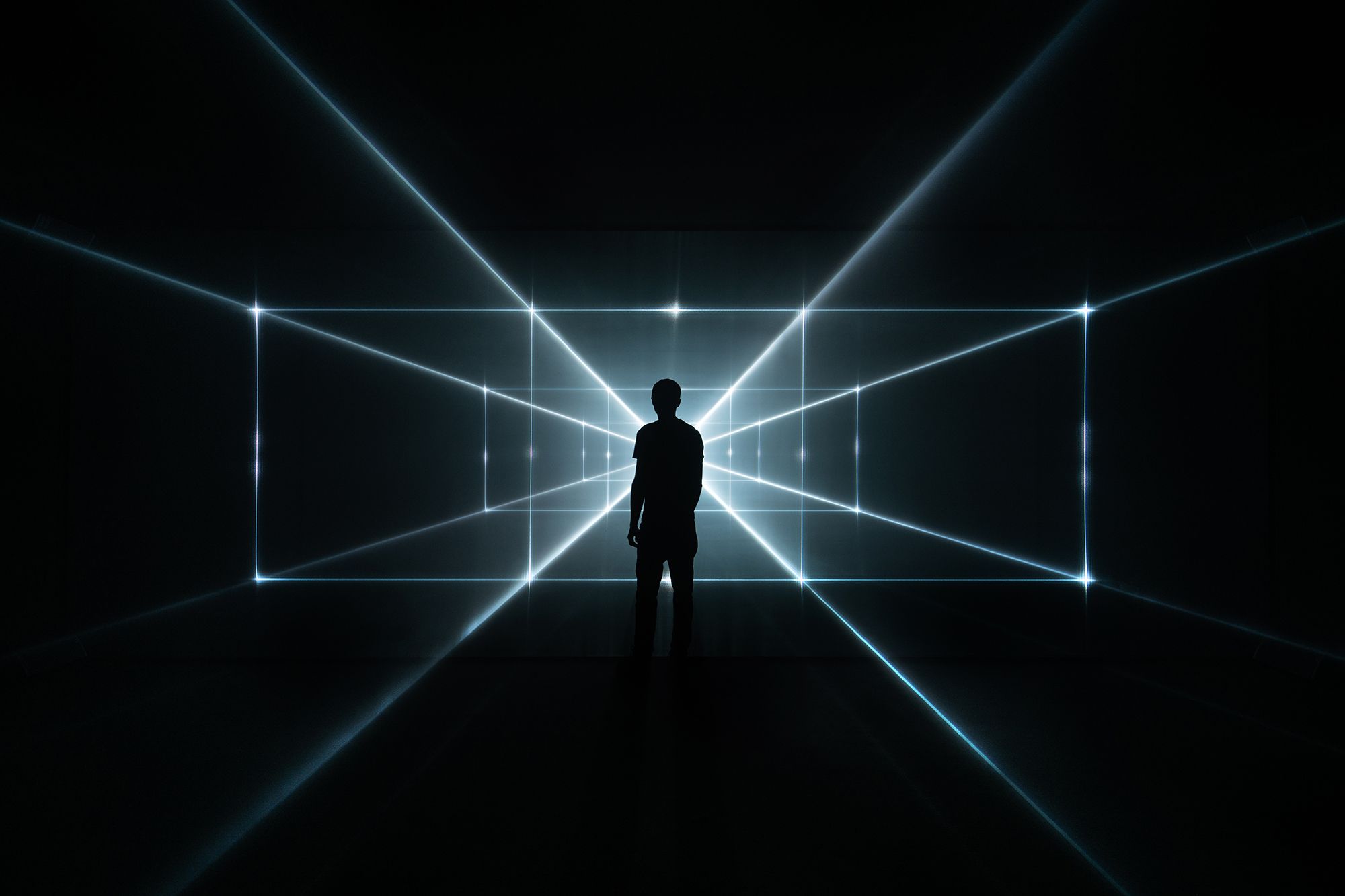
MATT CLARK (UVA)
The third artist I perceive to be at the vanguard of the growing sound art movement is Matt Clark, who is the leader of a now quite infamous London based collective called United Visual Artists – and they are actually having a big show at 180 The Strand shortly. I met Matt a few years ago, when I interviewed him, and I was just really fascinated by his practice, and by the sheer scale of things he achieves. UVA just did this massive installation in Tasmania, for example, at this festival that has been attracting sound artists from all over the world – huge alternative figures, such as Kim Gordon and Laurie Anderson were all getting involved. United Visual Artists are super interesting because they have their impressive sound element but, obviously, they add a stunning immersive visual side. And for me, it works every time, because when you go into these dark spaces they create, you experience projections of light that explore the space in such utterly unique ways. It's always very impressive and moving work, and people absolutely love it. I think that’s largely because people are so very hungry now for something beyond the passive gallery experience.
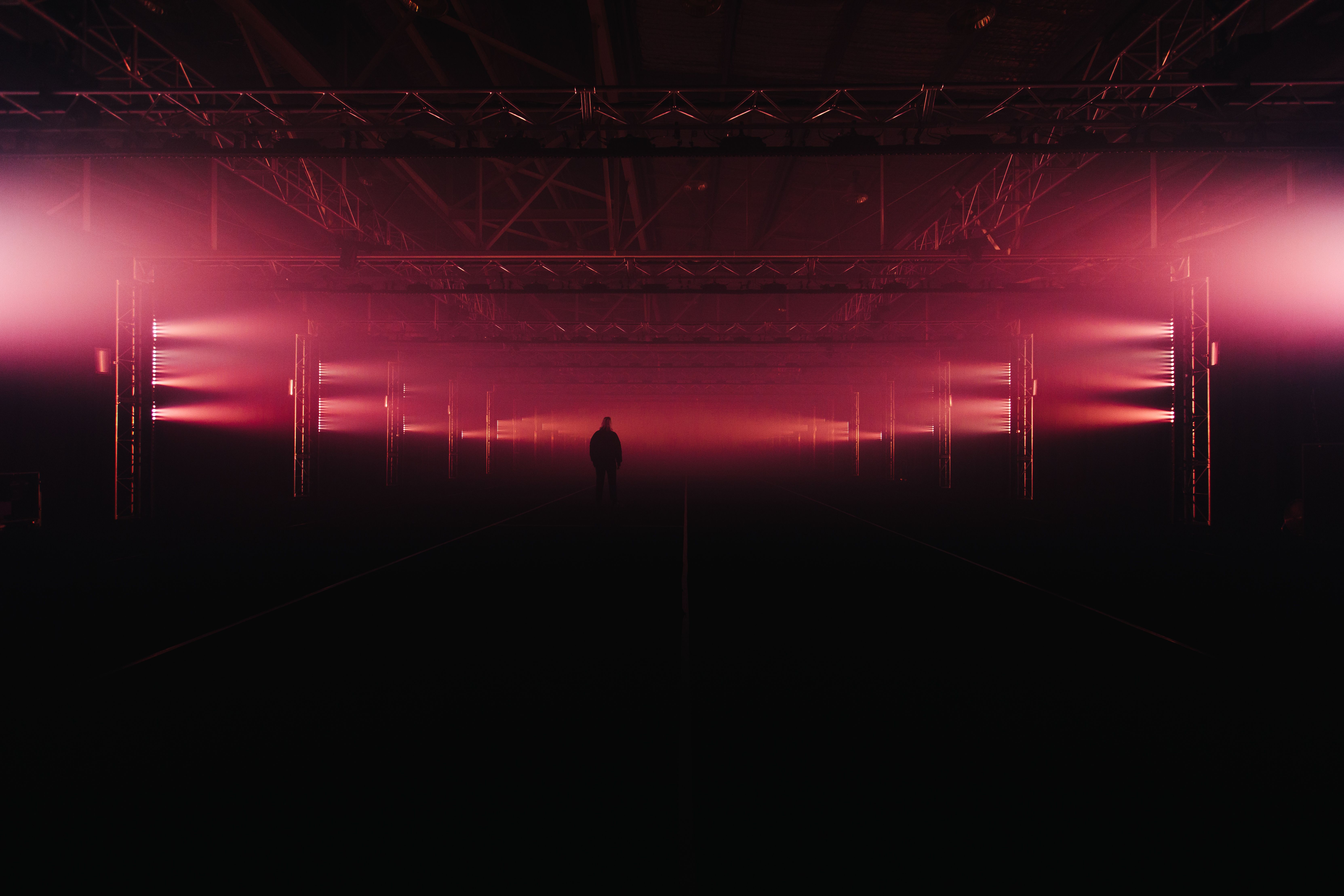
404ZERO
404zero (Kristina Karpysheva and Aleksandr Letsius) are a couple of artists who currently live and work in Bali, and they're both obsessive surfers, and very cool guys. They're obviously friends with all the artists I have been talking about, and they have also had a show at 180 The Strand. They kind of incorporate a space between Ben and Matt, because they take the loudness of sound, and then they take light, and they blend those two things together in very emotive ways that are as much events as exhibition pieces. I really like their work because it's so truly immersive. They recently were involved in a very successful group show here in London.
And to me, it is a reminder that art is a fundamental experience, which, honestly, I think we would die without. Art is existential to our functioning, and immersive art in sounds and visuals really gets to the core of that truth. I think this is why I have dedicated my life to art, and to trying to take young artists and helping them. It's a struggle for artists to live nowadays. They often have a creativity crises to overcome. It’s a very hard life in general, and that’s why there are people like us who are trying to help them in whatever we can – showing their work and hearing their voices.
You can find out more and follow Maria Abramenako here
All images courtesy of the Maria Abramenko and the artists.
Installation photography by Matthew Jordan James Thorne